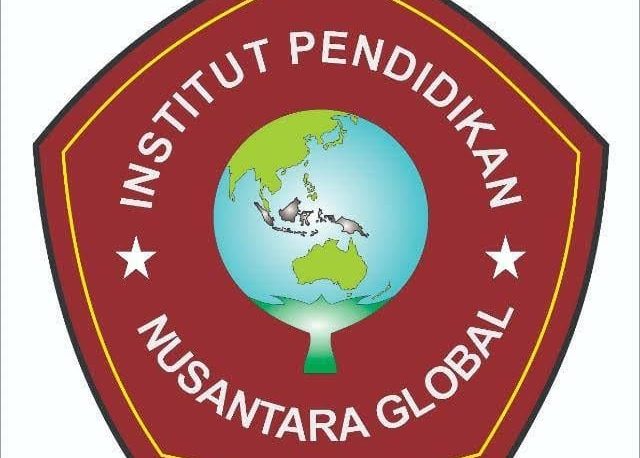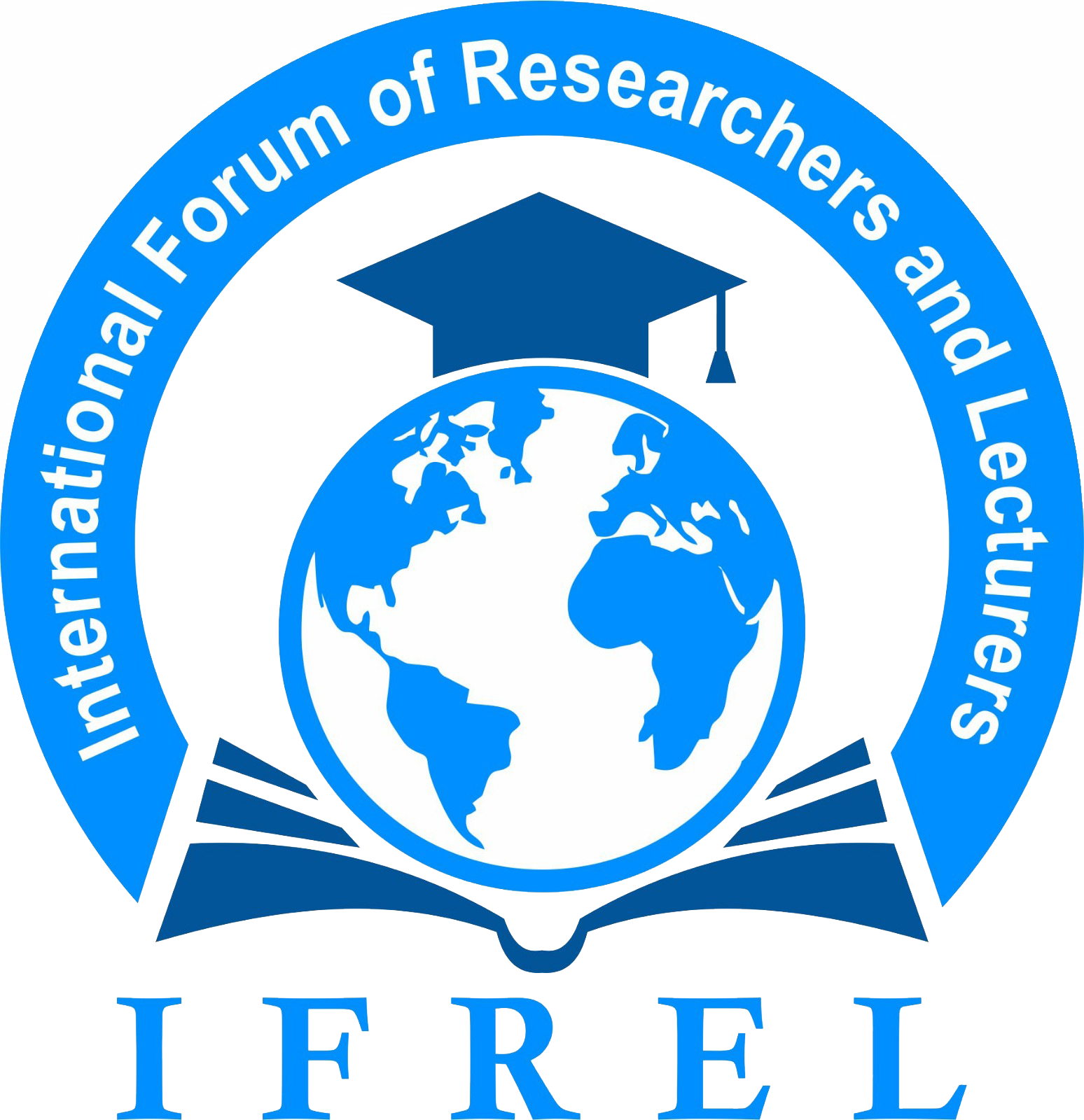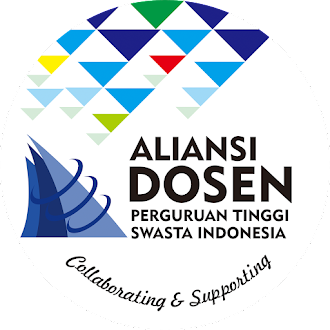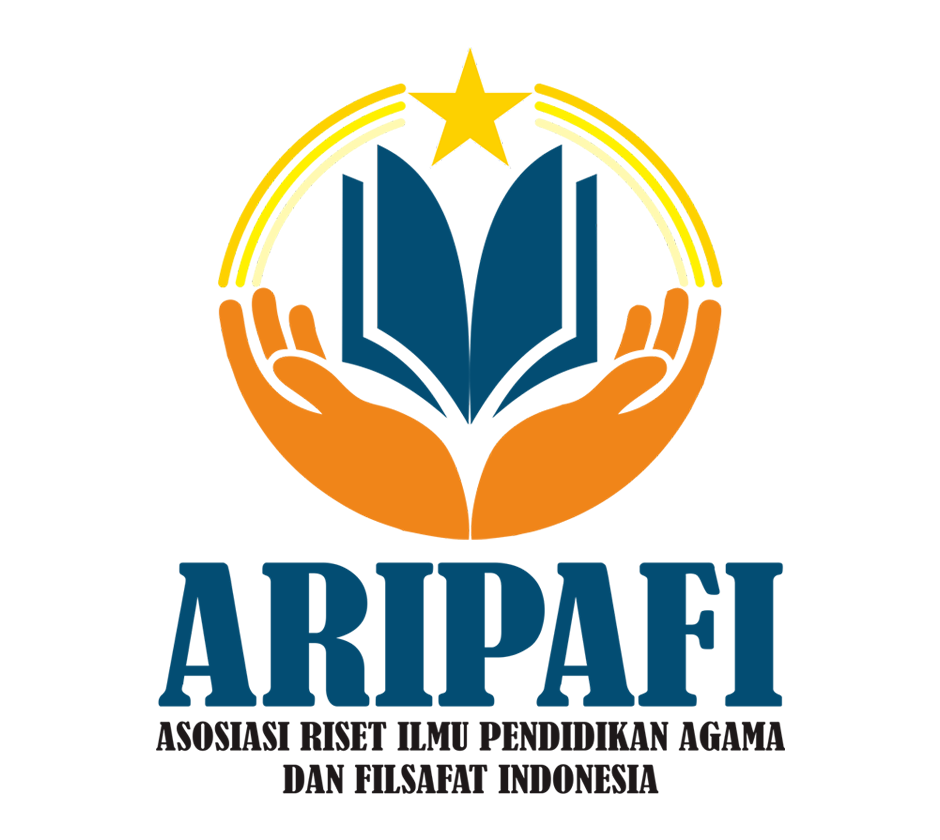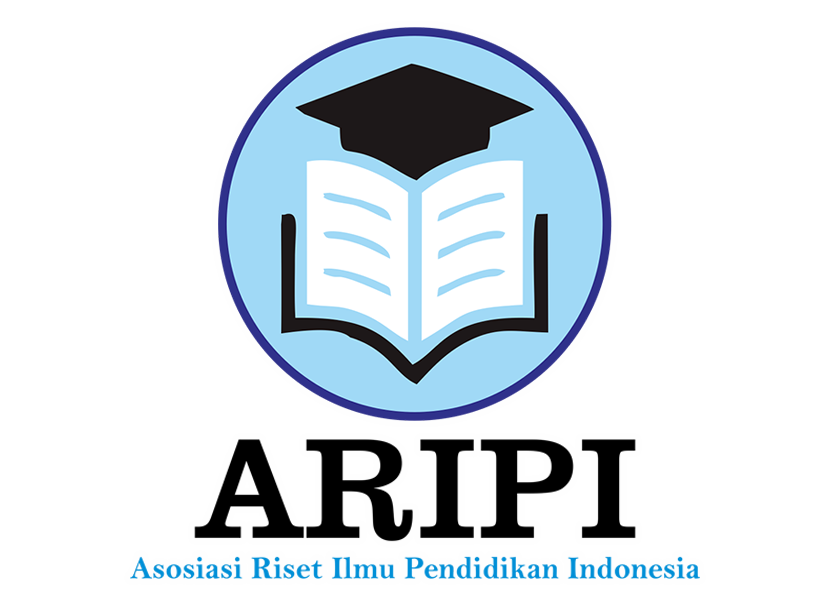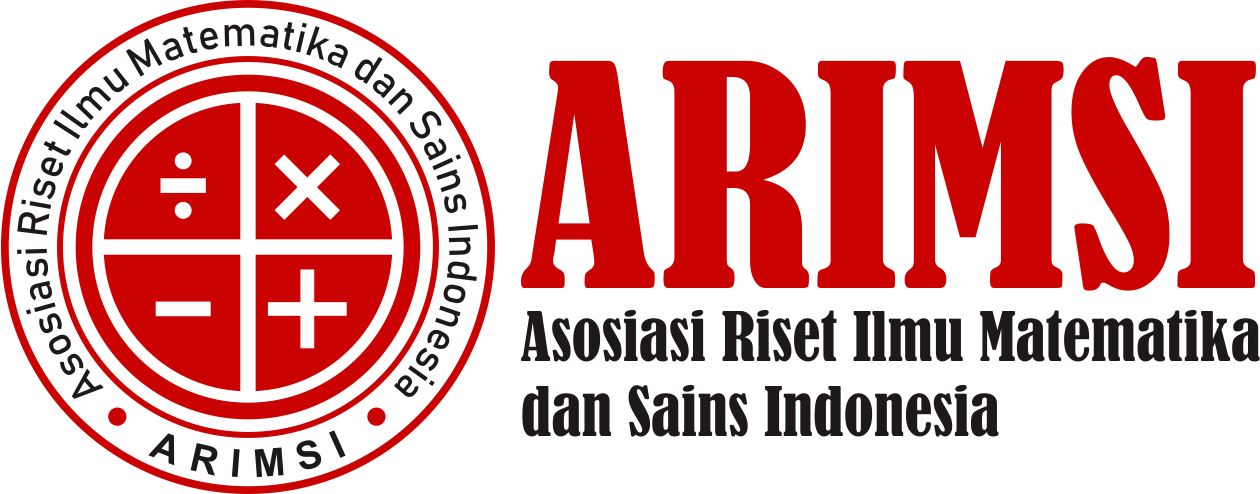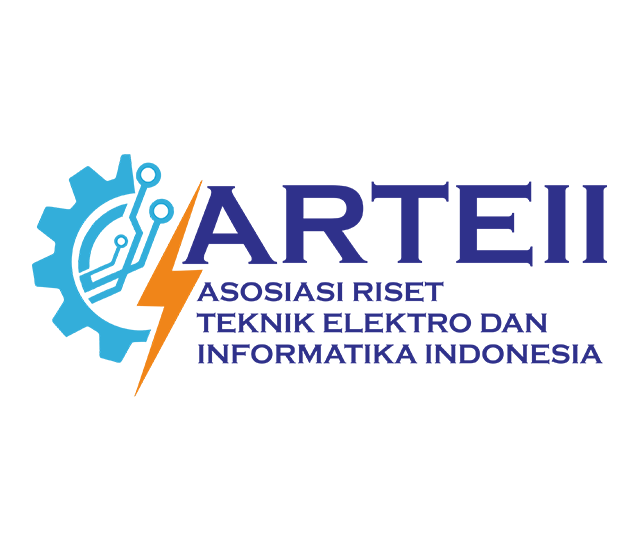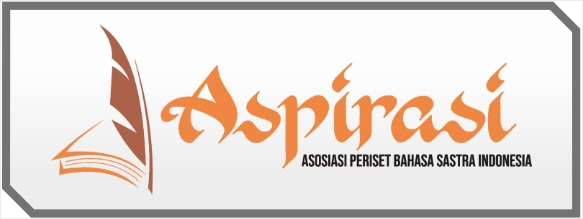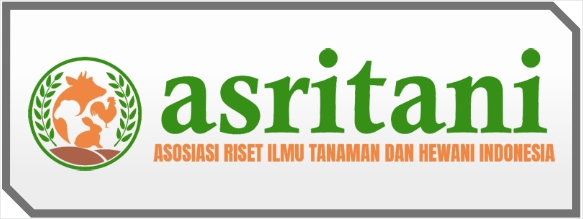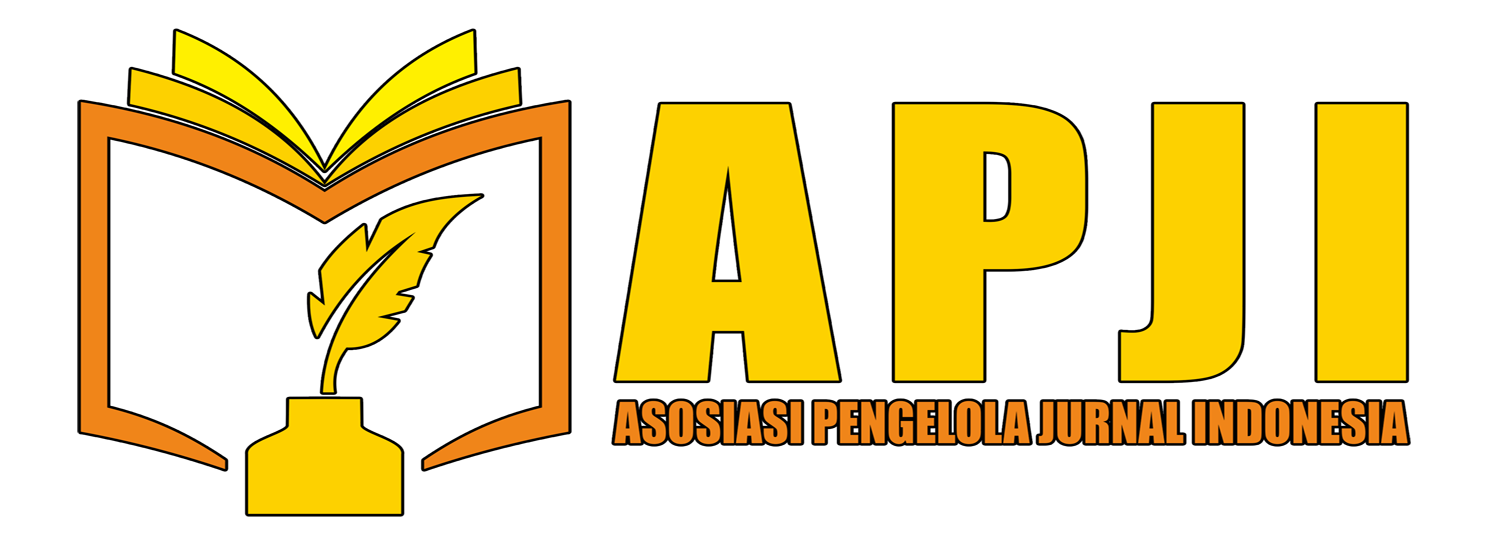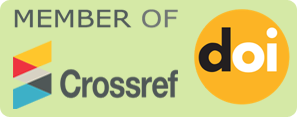Author Guidelines
Article Language in Journals
We accept journal articles in Indonesian and English
Title
Write a maximum title of 14 words, typeface using Times New Roman, Font 12, Bold, Center, and use Capitalize Each Word.
Author Identity
Author's full name, not abbreviated, and without title. The author's name is written without title or position. Under the name, write the full name of the author's agency, as well as the author's email address.
Abstract
An abstract is a brief description of the entire article or scientific paper, the contents of which contain four components, namely: (1) Problem and objectives; (2) The method used; (3) Results and Discussion; and (4) Conclusions and Suggestions. Abstracts are written in two languages, namely Indonesian and English. Apart from that, the abstract is written in one paragraph without footnotes or bibliographic quotations, single spaced, and contains a maximum of 250 words in Indonesian, accompanied by keywords. Abstract in English adapts.
Introduction
The introduction describes the background of the problem being solved, the issues related to the problem being solved, contains the State of the Art (brief review of literature or previous research, 1-2 paragraphs) with the aim of justifying/strengthening the statement of novelty or significance or scientific contribution or originality of this article and make sure there are references to articles from journals from the last 10 years. Don't write the title of the article when writing the article objective. In the introduction there is no need to use subtitles. The maximum length of text in the introduction is 2 pages, single spaced, Times New Roman 11.
Research methods
Includes types and approaches to research, place and time, research subjects, procedures for data/information collection techniques, data analysis techniques, and cycles. Number of pages 1-1.5 pages, 1 spacing, font 11 Times New Roman.
Results and Discussion
Includes presenting the data/information obtained and analyzing the data/information according to the purpose of writing the article. In the description of the Results and Discussion, you can use sub-headings according to the problems discussed. Subtitles are written in bold letters. Description of Results and Discussion must be supported by references/references. The discussion must be focused. If the article carries out an experiment, the results of the experiment should be displayed in graph or table form. Captions for images, graphs or charts (captions) use Times New Roman, Bold, with font size 11 and are written center below the image, while table captions are written center above the table. Each figure or table must be given an identification number, title or description, for example: "Table 1. Frequency Distribution...". All text in the image/table must be legible, it must not be blurry. Each figure/table must be referenced in the text, the reference method must not use location (eg: below, above, following, etc.). Refer to the table/image first in the text, then place the table or image. In tables, there should be no need for horizontal lines in the contents of the table, just the headings and the bottom line. Each figure or table must be given a sequential number without including the chapter number (Table 1, not Table 4.1).
Each equation written must be given an equation number. Writing descriptions of symbols in equations is made in descriptive paragraphs, not list items as in book writing. For example: "P represents pressure (atm), m represents mass (g), ....."
Conclusion
Conclusions must clearly indicate the results obtained, their advantages and disadvantages. Conclusion is a synthesis of suitability between problems, objectives and results. The conclusion is sufficient to answer and is in accordance with the problem or research objective. You may add implications or suggestions (not mandatory). It is best to write it in paragraph form, not in list/numbering item form.
Bibliography
The bibliography is sorted alphabetically. Everything referred to in the article must be written in the bibliography and everything written in the bibliography must be referenced in the article. Primary reference literature, a minimum of 70 percent comes from primary literature/scientific journals (for the field of exact sciences), or 50 percent from primary literature/scientific journals for the field of social sciences and humanities. Books containing theoretical concepts may be used as references, but a maximum of only 30 percent (for exact sciences) or 50 percent (for social sciences and humanities). The minimum number of references in the bibliography is 15 references (especially for health sciences, at least 20 references).








